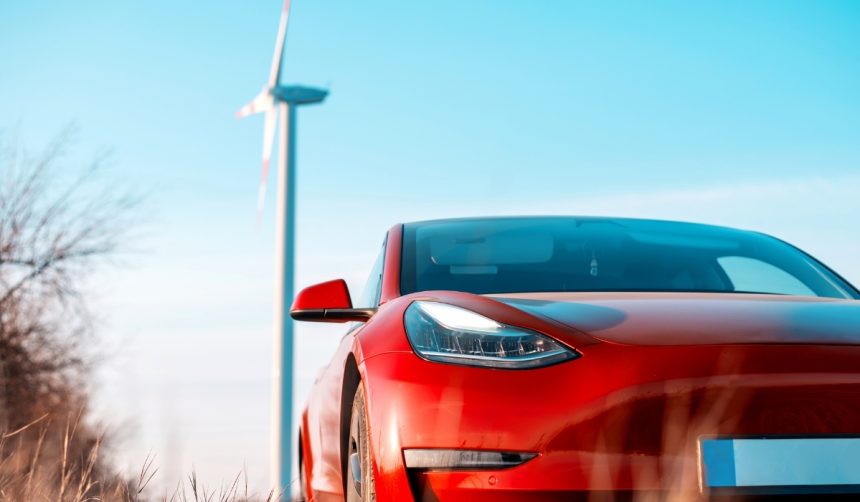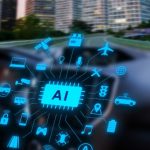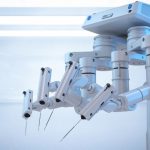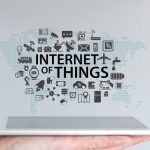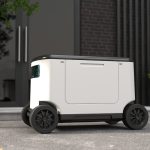Tesla is pressing ahead with its ambitions in autonomous technology as Elon Musk unveiled updates on the AI5 chip, previously called Hardware 5, intended for advanced self-driving features. Manufacturing responsibility will be shared by industry giants Samsung and TSMC, with production planned at their respective Arizona and Texas facilities. Tesla aims for the AI5 chip to power its neural networks, Optimus humanoid robots, and AI-driven functions in upcoming vehicles, while addressing industry concerns over possible consistency issues between chips made by different manufacturers. As competitors and supply chain logistics evolve rapidly, Tesla’s efforts demonstrate the growing complexity of integrating custom silicon into automotive functions on a global scale.
Earlier announcements from Tesla mainly discussed the next-generation FSD (Full Self-Driving) hardware by referencing performance improvements over Hardware 4, but without revealing supplier details. Recent news marks the first time Tesla confirmed a dual-manufacturer strategy with both Samsung and TSMC fabricating AI5. In past tech industry cases, such as Apple’s “Chipgate” with the A9 chip, similar dual-sourcing led to minor performance differences between manufacturing partners. Unlike previous generations, Tesla is openly addressing these concerns and has asserted that AI5’s software performance will remain uniform, regardless of the source. These developments offer more transparency into Tesla’s hardware roadmap compared to earlier updates, as well as greater details about deployment timelines and production partners.
What improvements will AI5 bring to Tesla’s portfolio?
Tesla reports that the AI5 chip will significantly outpace its predecessor AI4, promising up to forty times the speed and marked enhancements in computational power, memory, and power efficiency. The company envisions this chip working in concert with Tesla’s neural networks to enable real-time safety-critical decision-making for vehicles and robots. The extended capabilities are designed to support a wide range of AI applications, not just in vehicles but also in future robotics products. Musk described the leap from AI4 to AI5 as substantial, noting both the technical hurdles and performance gains.
How will Tesla address manufacturer-based performance differences?
Distinct versions of AI5 will be created by the two manufacturers due to their unique methods for converting designs into physical chips. Nevertheless, Tesla’s leadership maintains confidence in the ability to harmonize AI software performance regardless of origin.
“Samsung and TSMC translate designs to physical form differently,” Musk clarified, “but the goal is identical software operation.”
Drawing on lessons from the wider tech sector, Tesla is signalling its intention to minimize variations and reassure customers about product consistency, following scrutiny experienced by other industry players.
When will the AI5 chip reach Tesla vehicles?
According to Musk, initial AI5 chip samples will become available in the coming year, yet mass production is not anticipated until 2027. Early units incorporating this chip may appear in Teslas in limited numbers, while larger scale deployment is earmarked for post-2027 models. Existing and soon-to-launch vehicles, such as the anticipated Cybercab expected in mid-2026, are set to operate with AI4 hardware initially.
“Some samples will be available next year, and maybe a small number of units with the chip as well,” Musk stated, “but high-volume production is possible only in 2027.”
Looking further ahead, Musk hinted at the AI6 and AI7 chips, which will reportedly offer double the performance of AI5 and require further advancements in fabrication processes. While AI6 could reach production by 2028, AI7 is still at an early conceptual stage, with plans for more “adventurous” manufacturing approaches and different facilities. This staged rollout underscores Tesla’s interest in ongoing AI chip development well beyond the horizon of the AI5 release.
Tesla’s push to deploy AI5 through both Samsung and TSMC pursuits highlights a strategic focus on reliability, supply chain resilience, and performance consistency as the automotive industry increasingly depends on specialized hardware for autonomous driving. For consumers and investors, these developments indicate the company’s recognition of the risks and priorities associated with dual-source chip production, lessons learned from similar situations at competitors like Apple, and Tesla’s efforts to mitigate such vulnerabilities in its own approach. For those tracking the evolution of smart vehicle technology, details around AI chip integration and fabrication partners serve as vital signposts for future vehicle features and capabilities. Readers interested in the technical and operational challenges of implementing advanced AI in transport and robotics may find it useful to monitor how Tesla addresses performance parity and deployment pace—factors that will influence the wider adoption of self-driving systems in the years ahead.

